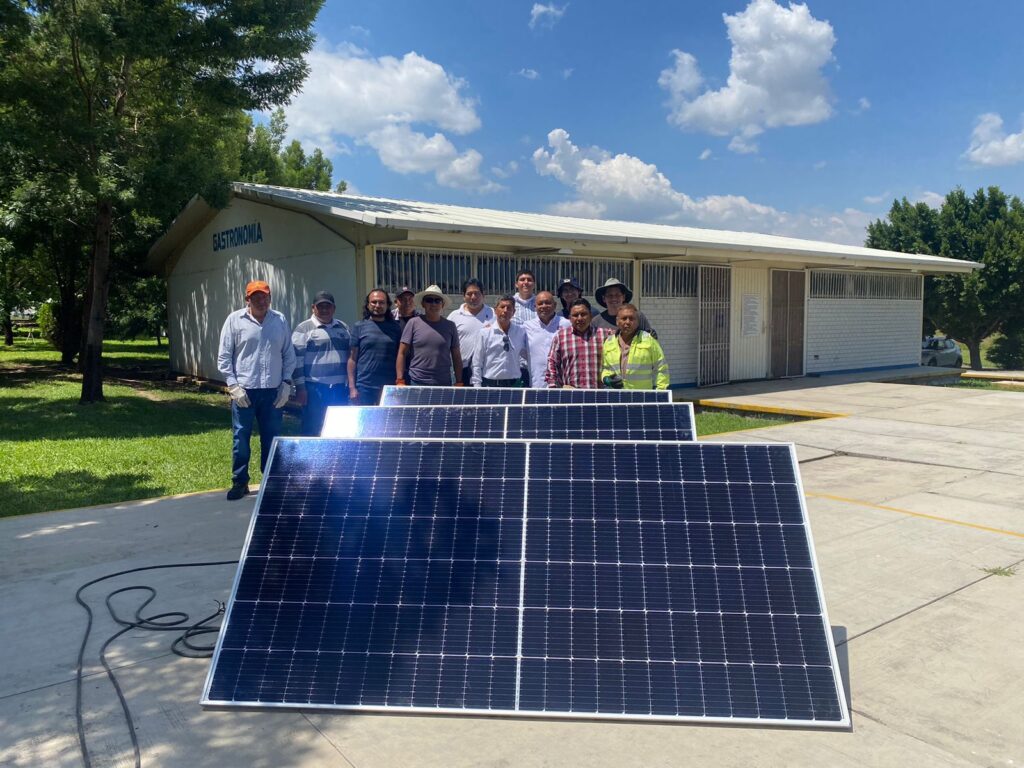https://pv-magazine-usa.com/2024/08/07/dual-axis-solar-tracker-based-on-uv-mems-sensors/
Dual-axis solar tracker based on UV, MEMS sensors
A dual-axis solar tracker
Image: Wikimedia Commons
An Indian-Chinese research team has developed a novel dual-axis solar tracking system based on sensors and a controller module.
“In this work, an attempt was made to design and implement a single tracking motor with dual axis for a simple yet effective control system,” the researchers said. “No programming or computer interface is required as standard electronic circuits are used. This system is independent and self-sufficient.”
The group explained that the novel system uses two different sensor types – an ultraviolet (UV) sensor and a micro-electromechanical solar (MEMS) sensor. “The UV sensor calculates the intensity of UV radiation received from the sun, and the MEMS sensor forecasts the sun’s path across the sky,” they added.
The data collected by those sensors are then fed into an arithmetic optimization-based PID (AOPID) controller, which uses arithmetic-based functions to attain a better response time, tracking accuracy, and disturbance rejection.
“The AOPID controller utilizes the inputs from the UV and MEMS sensors to modify the position of the solar panels and optimize energy capture,” the scientists further explained. “The controller achieves this by using a feedback loop that adjusts the controller’s proportional, integral and derivative gains to reduce the variation between the set-point and the real location of the solar panels through the use of arithmetic optimization algorithms.”
The academics tested the proposed system using MATLAB simulation software based on a 50 W simulated PV panel. They then compared its power production and consumption over a few hours to those of a simulated fixed-tilt PV system.
“The comparative energy analysis graph demonstrates that the dual-axis solar tracking system that was suggested was more productive than the fixed-tilt solar tracking system and matrix converter,” the researchers “Achieving a high net energy requires precisely adjusting the controller’s parameters and positioning the panels.”
The system was presented in the paper “Solar PV tracking system using arithmetic optimization with dual axis and sensor,” published in Measurement: Sensors. The research was conducted by scientists from China’s Xinxiang Vocational and Technical College and India’s Publon Research Centre.
This content is protected by copyright and may not be reused. If you want to cooperate with us and would like to reuse some of our content, please contact: editors@pv-magazine.com.



